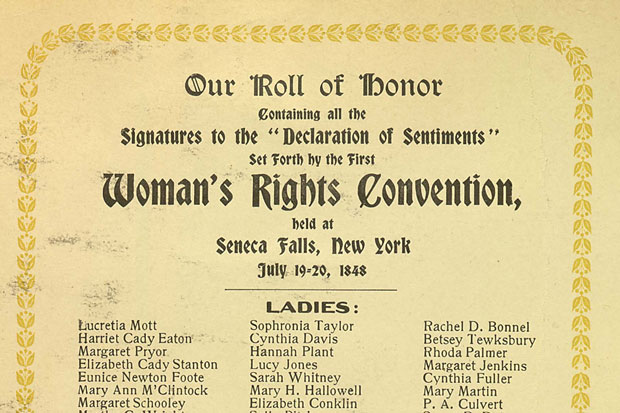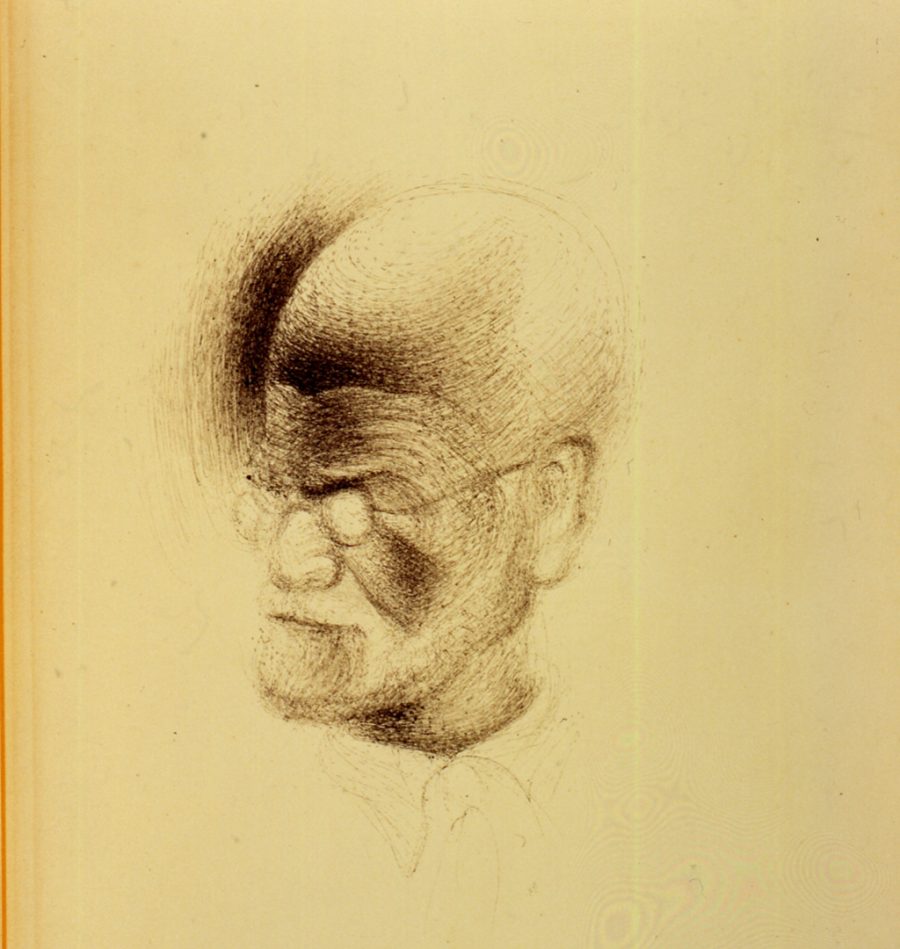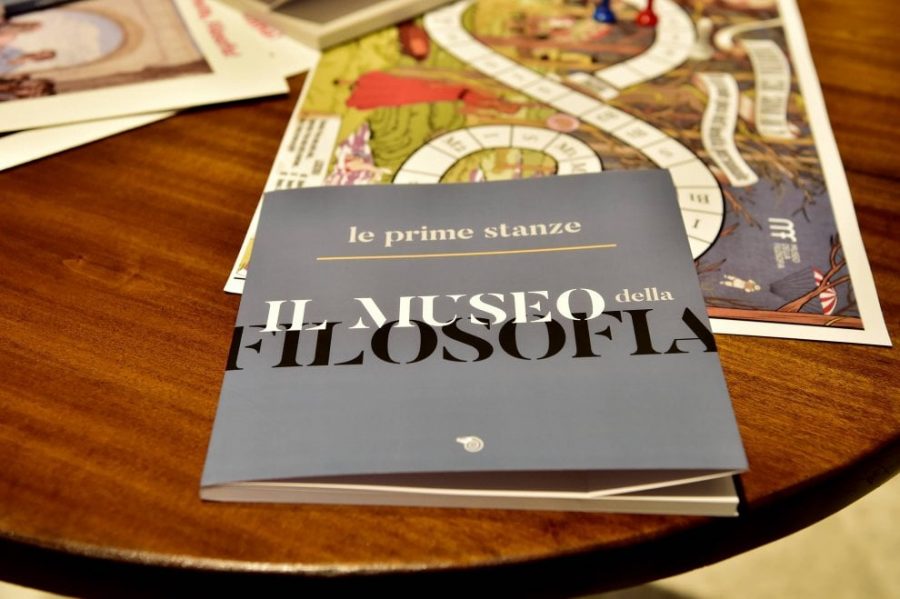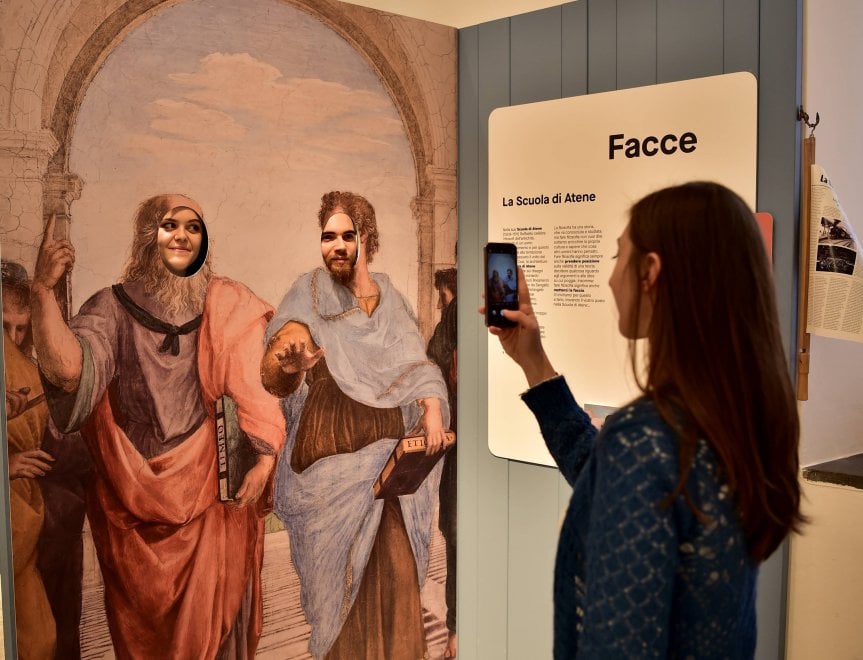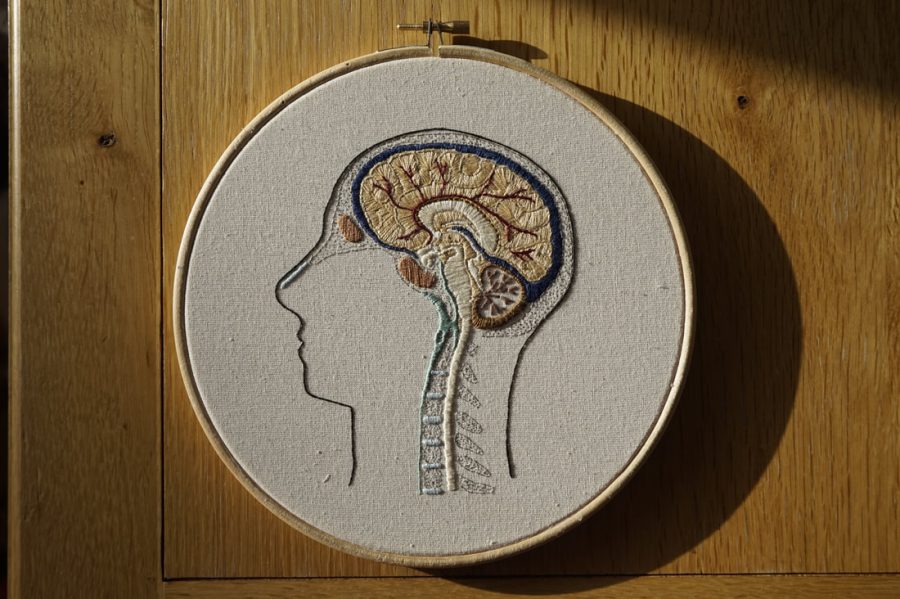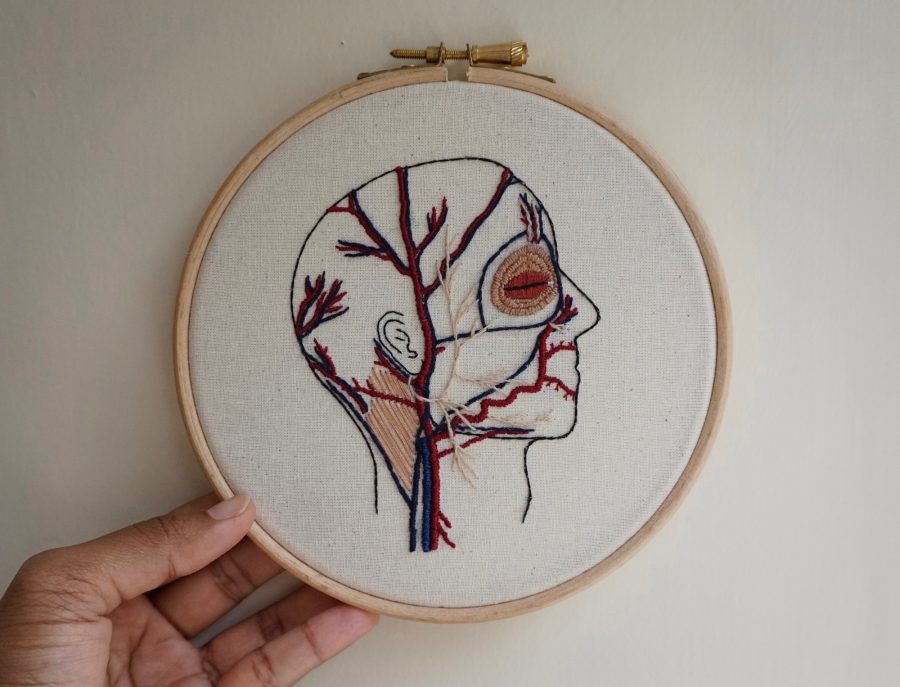In 1978, Hollywood was looking to make a film about Hunter S. Thompson. No, it was not an adaptation of Fear & Loathing in Las Vegas–that would come later. Instead, this was the now-almost-forgotten Bill Murray vehicle Where the Buffalo Roam, which was based on Thompson’s obituary for his friend and “attorney” from Fear & Loathing, Oscar “Zeta” Acosta.
Knowing that both Thompson and illustrator Ralph Steadman would be involved and reuniting and driving from Aspen, through Las Vegas, and into Hollywood, the BBC dispatched a film crew for the arts program Omnibus. Director Nigel Finch returned with a ramshackle road trip of a film, one that always seems in danger of falling apart due to Thompson’s paranoid and antagonistic state.
For a lot of British viewers, this would have been their primer on the American writer, and quickly brings them up to date on Thompson’s rise to infamy, the creation of Gonzo journalism, and his alter-ego Raoul Duke.
Perhaps Finch thought that getting Thompson and Steadman together in a car would conjure up the Fear & Loathing vibe on screen, but the two make an awkward couple. At one point the reserved Steadman compares himself to Thompson’s pet bird Edward. Thompson antagonizes this bird into some sort of trauma, then holds it close and talks to it. “I feel absolutely taken apart,” being friends with the writer, Steadman says. “…he’s holding me like that bird and I’m trying to bite my way out.”
In Vegas, the crew and Steadman try to rouse Thompson, then find him, confused, and with his face covered in white make-up. In Hollywood, Thompson hates the attention from the camera crew so much–not to mention the tourists who assume he is a celebrity of some kind–that they find him hiding behind a parked car.
This era was indeed the end of that phase of Thompson’s career. At one point he asks Finch if he’s there to film Thompson or to film Raoul Duke. Finch doesn’t know. Thompson doesn’t know either, but he does realize that “The myth has taken over…I feel like an appendage.” He can no longer cover events like he did with the Hell’s Angels, or the Kentucky Derby, because of his fame. He can’t cover the story, because he’s become part of the story, and to a real journalist that’s death.
So perhaps that’s the appeal of Hollywood? We see Thompson and Steadman meet with a screenwriter (probably John Kaye, who wrote Where the Buffalo Roam) to discuss the script.
Thompson had agreed to option the script because, like Fear & Loathing in Las Vegas, he never believed it would get made. So when it went into production he had pretty much given away creative control. The script, he said, “It sucks – a bad, dumb, low-level, low-rent script.”
However, Bill Murray and Thompson hung out in Aspen together during the shoot and engaged in a sort of mind-meld, Murray becoming a version of Duke. When Murray returned to Saturday Night Live that season, he came back as a cigarette-holder-smoking faux-Thompson. Years later, Johnny Depp would also find himself being transformed during Fear & Loathing in Las Vegas. (I noticed right after watching this Omnibus special that I answered my phone in a sort of Thompson drawl until my friend called me out. The power of the Gonzo is such.)
But the man who had an equal power over Thompson was Richard Nixon. Since seeing the wily politician reappear on the national stage during the Barry Goldwater campaign in 1964, Thompson correctly recognized an enemy of everything he held dear, a dark side of America rising from the corpse of John F. Kennedy. And Nixon caused the fear and the loathing in America to bear fruit. As Thompson says in the documentary:
Richard Nixon for me stands for everything that I would not want to have happen to myself, or be, or be around. He is everything that I have contempt for and dislike and I think should be stomped out: Greed, treachery, stupidity, cupidity, positive power of lying, total contempt for any sort of human, constructive, political instinct. Everything that’s wrong with America, everything that this country has demonstrated as a national trait, that the world finds repugnant: the bully instinct, the power grab, the dumbness, the insensitivity. Nixon represents everything that’s wrong with this country, down the line.
Maybe the question is not, what would Thompson think of Trump, who doesn’t even feign Nixon’s humble routine. The question is, where is our Hunter S. Thompson?
Related content:
Read 11 Free Articles by Hunter S. Thompson That Span His Gonzo Journalist Career (1965–2005)
Hunter S. Thompson Gets Confronted by The Hell’s Angels: Where’s Our Two Kegs of Beer? (1967)
How Hunter S. Thompson Gave Birth to Gonzo Journalism: Short Film Revisits Thompson’s Seminal 1970 Piece on the Kentucky Derby
Hunter S. Thompson’s Decadent Daily Breakfast: The “Psychic Anchor” of His Frenetic Creative Life
Ted Mills is a freelance writer on the arts who currently hosts the artist interview-based FunkZone Podcast and is the producer of KCRW’s Curious Coast. You can also follow him on Twitter at @tedmills, read his other arts writing at tedmills.com and/or watch his films here.



